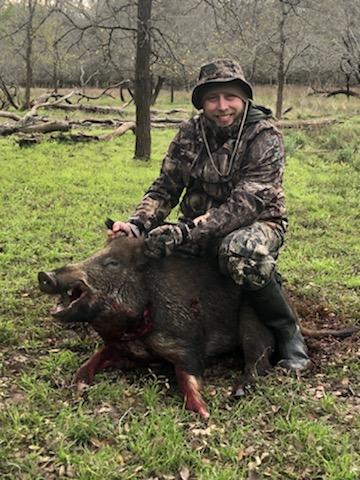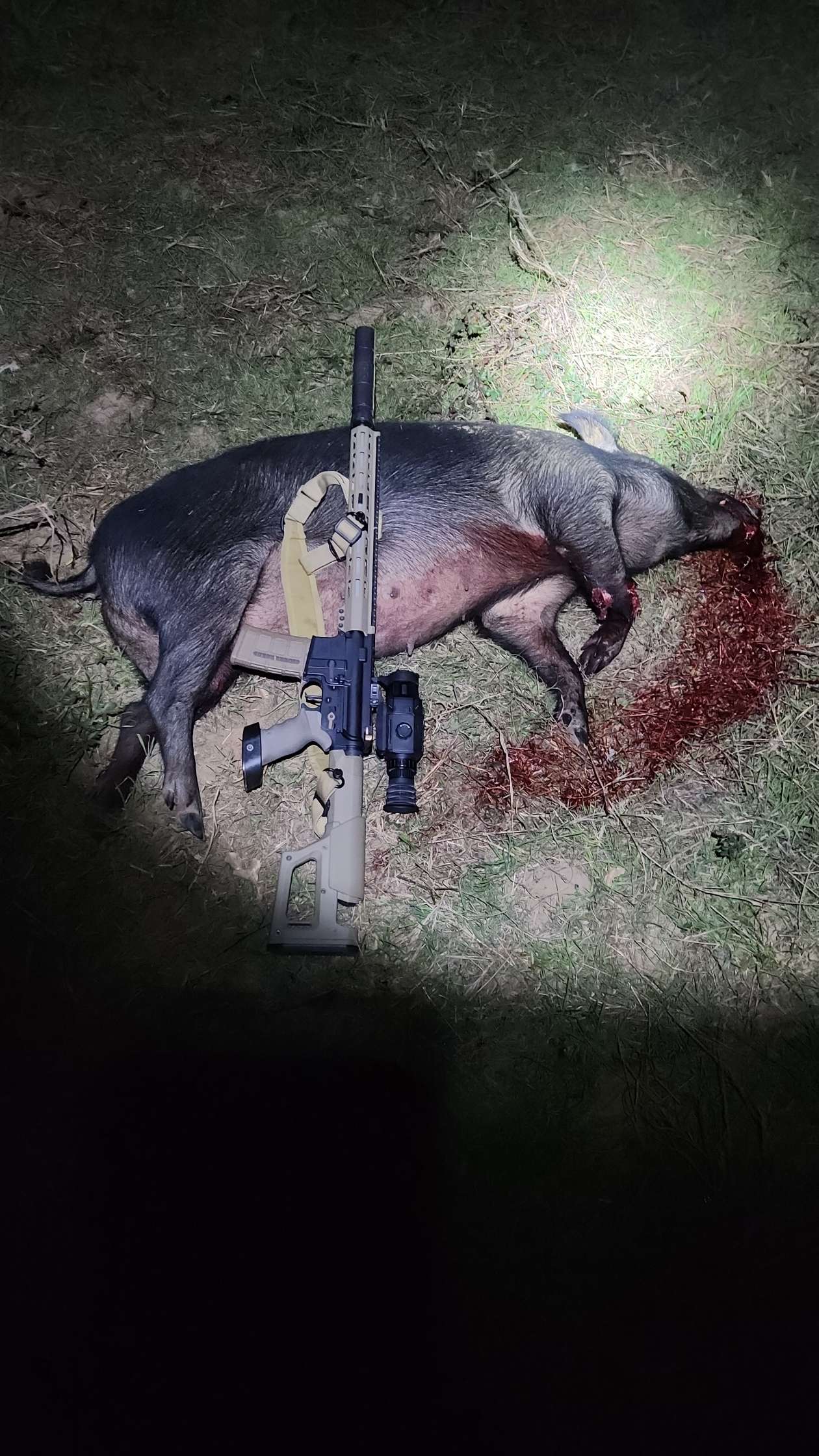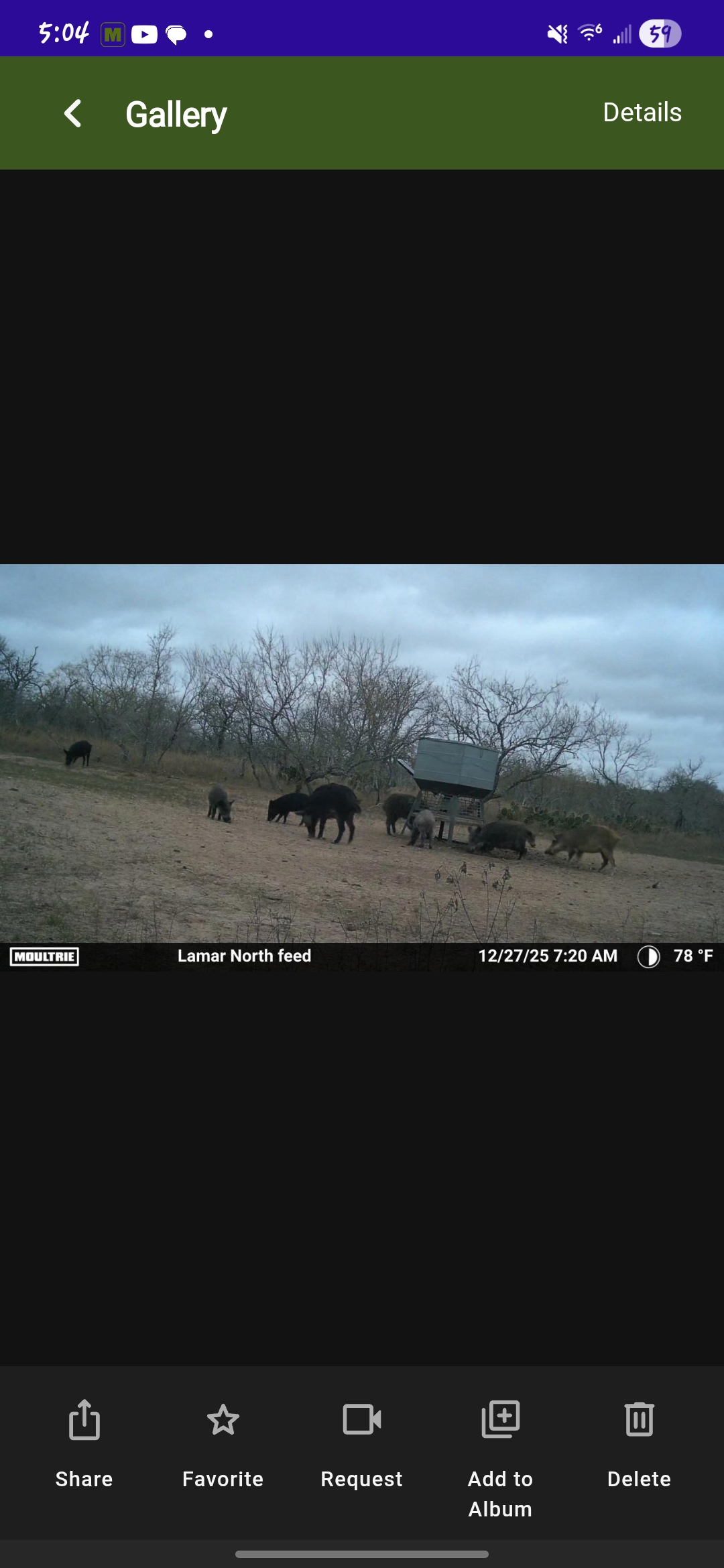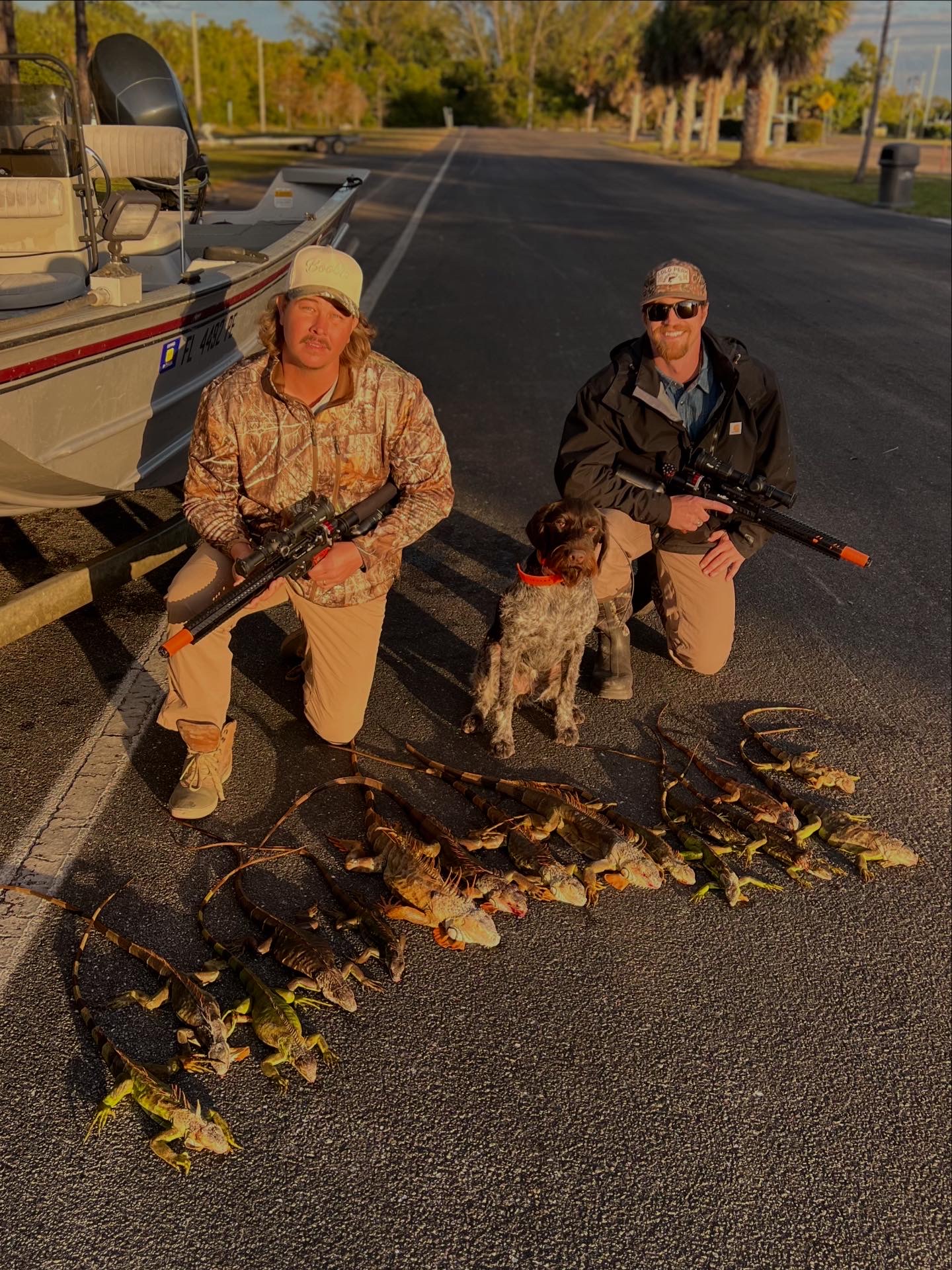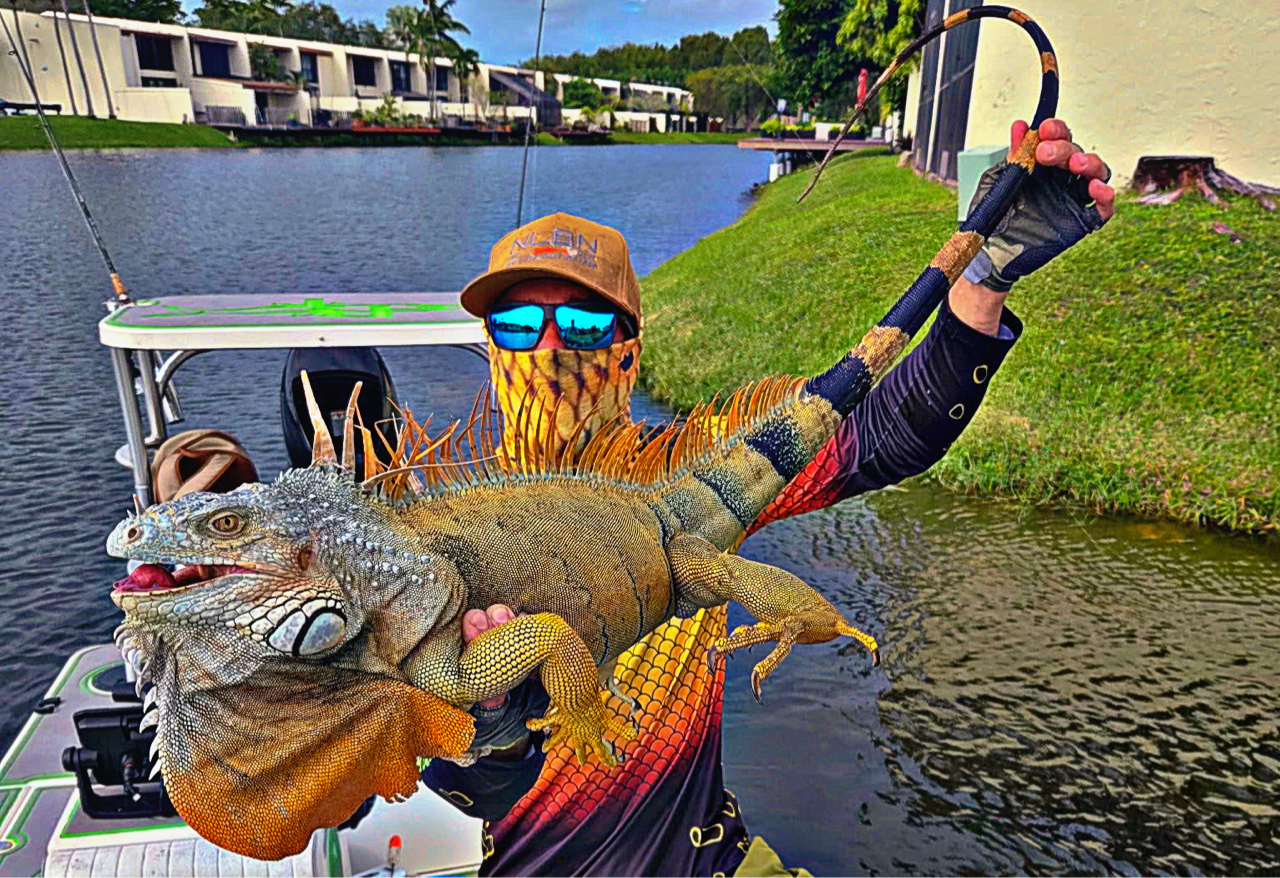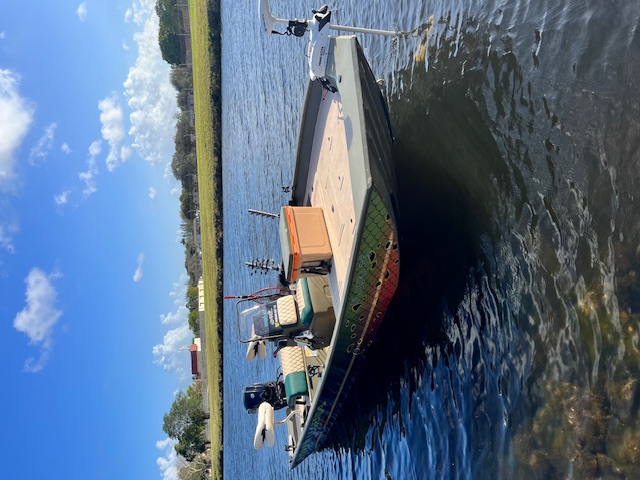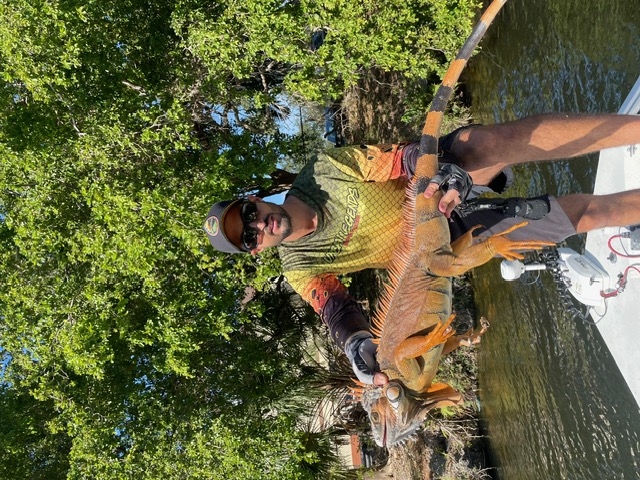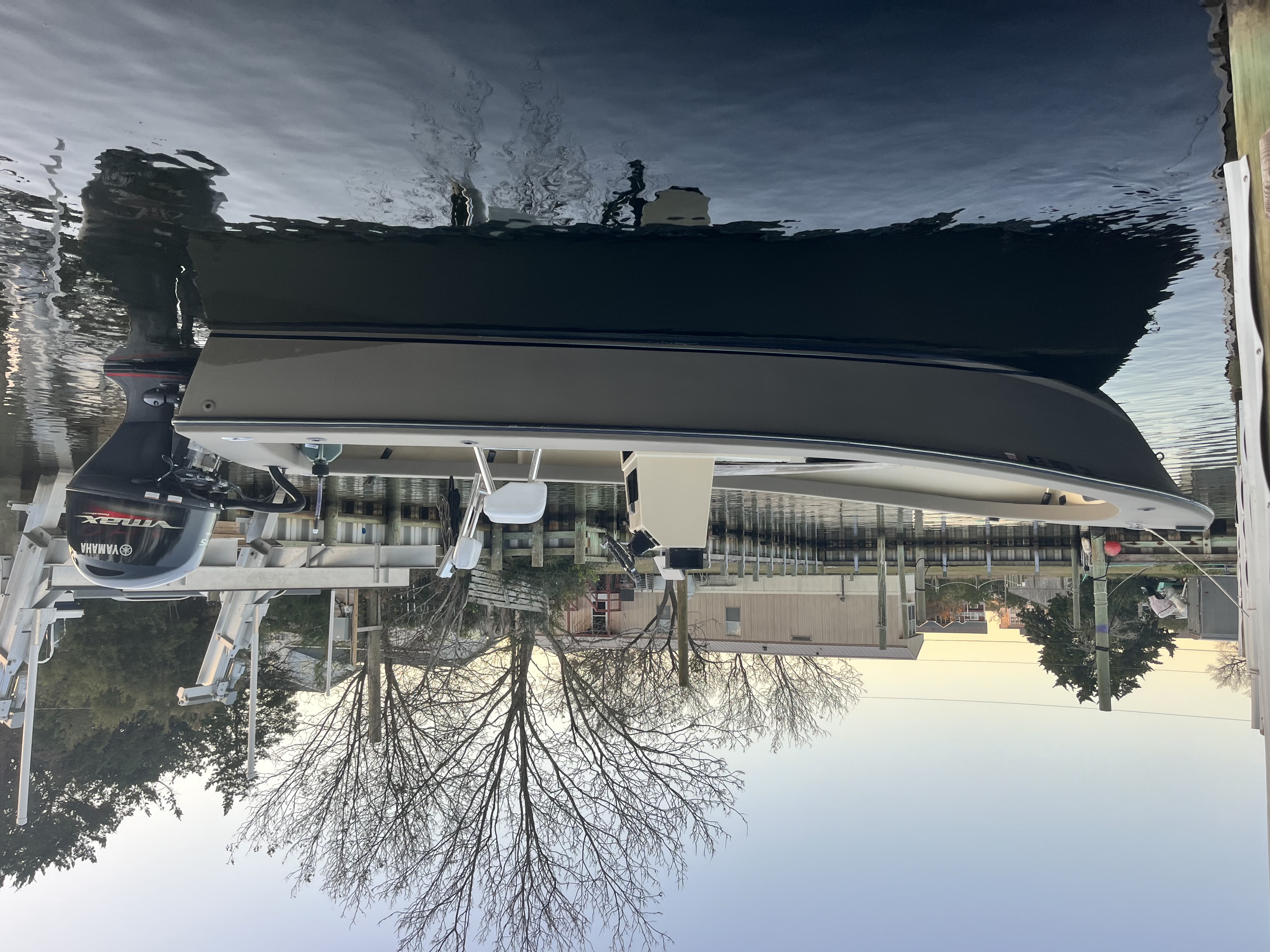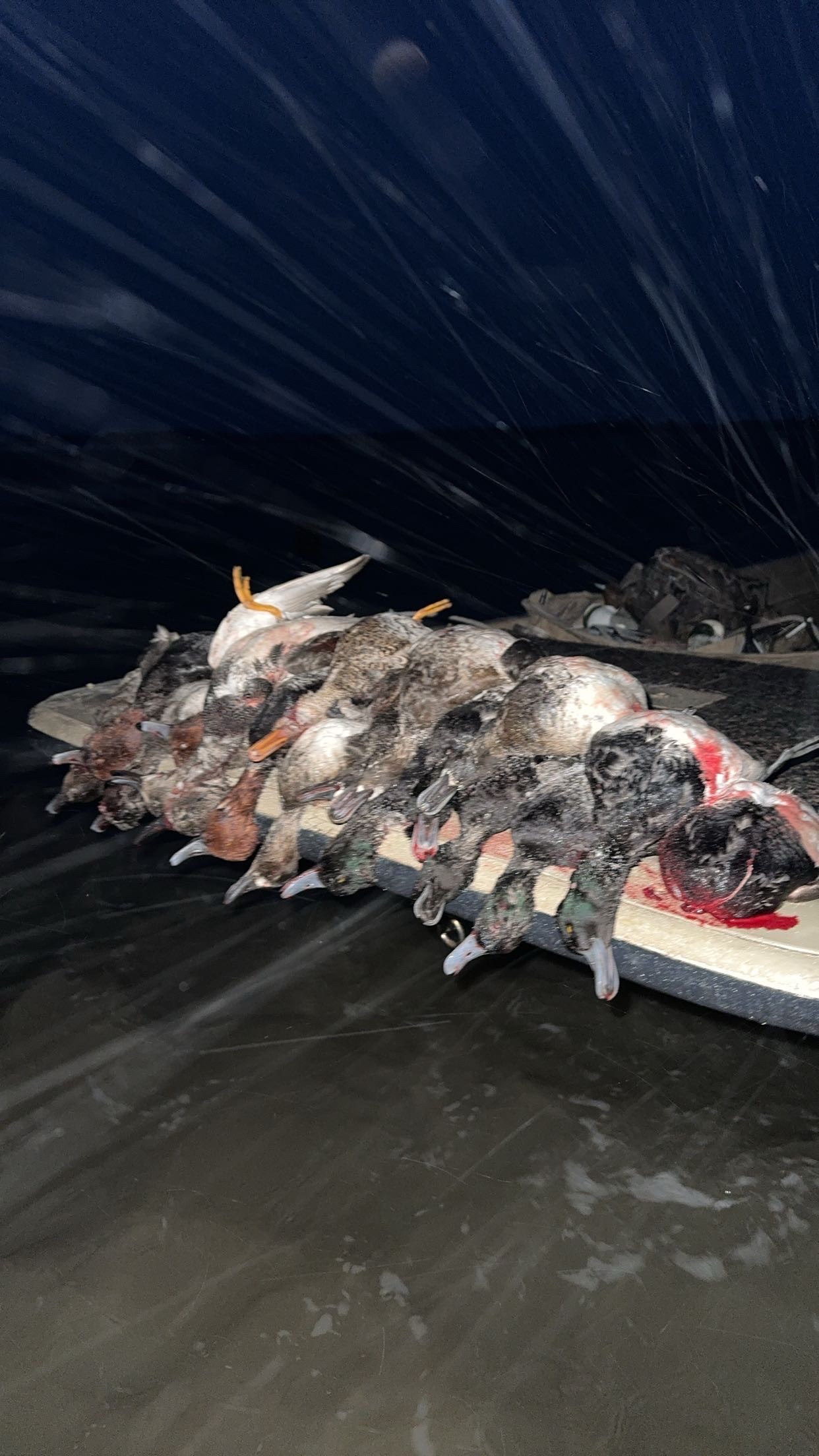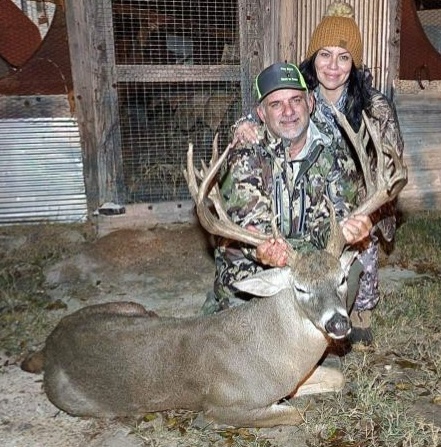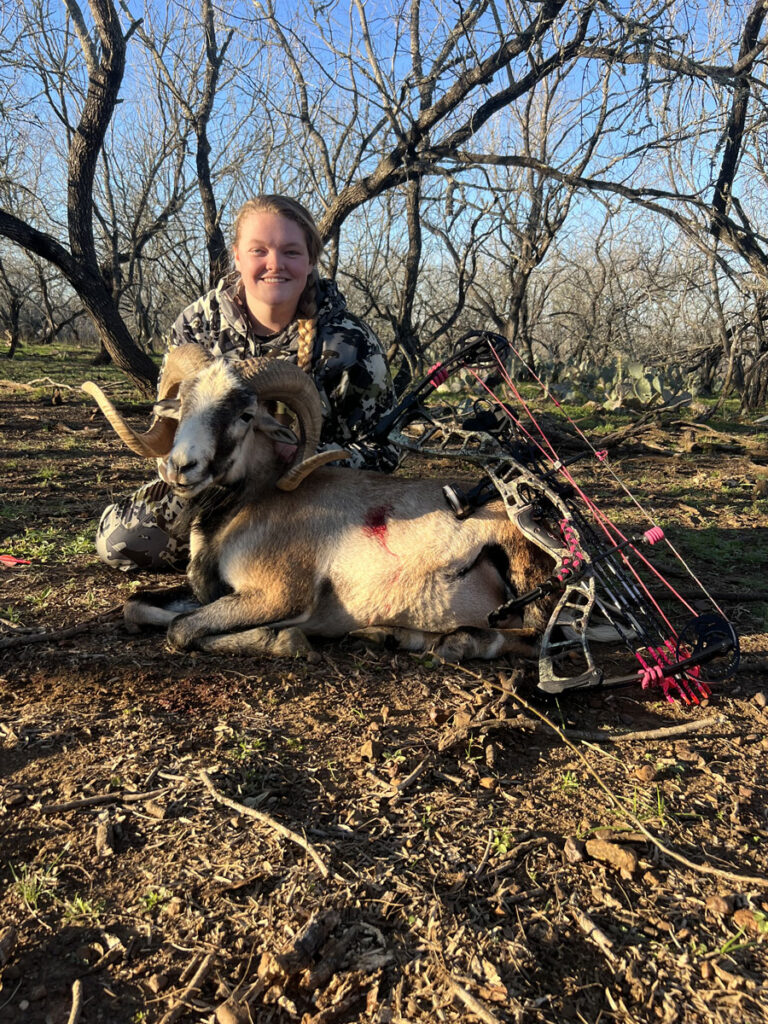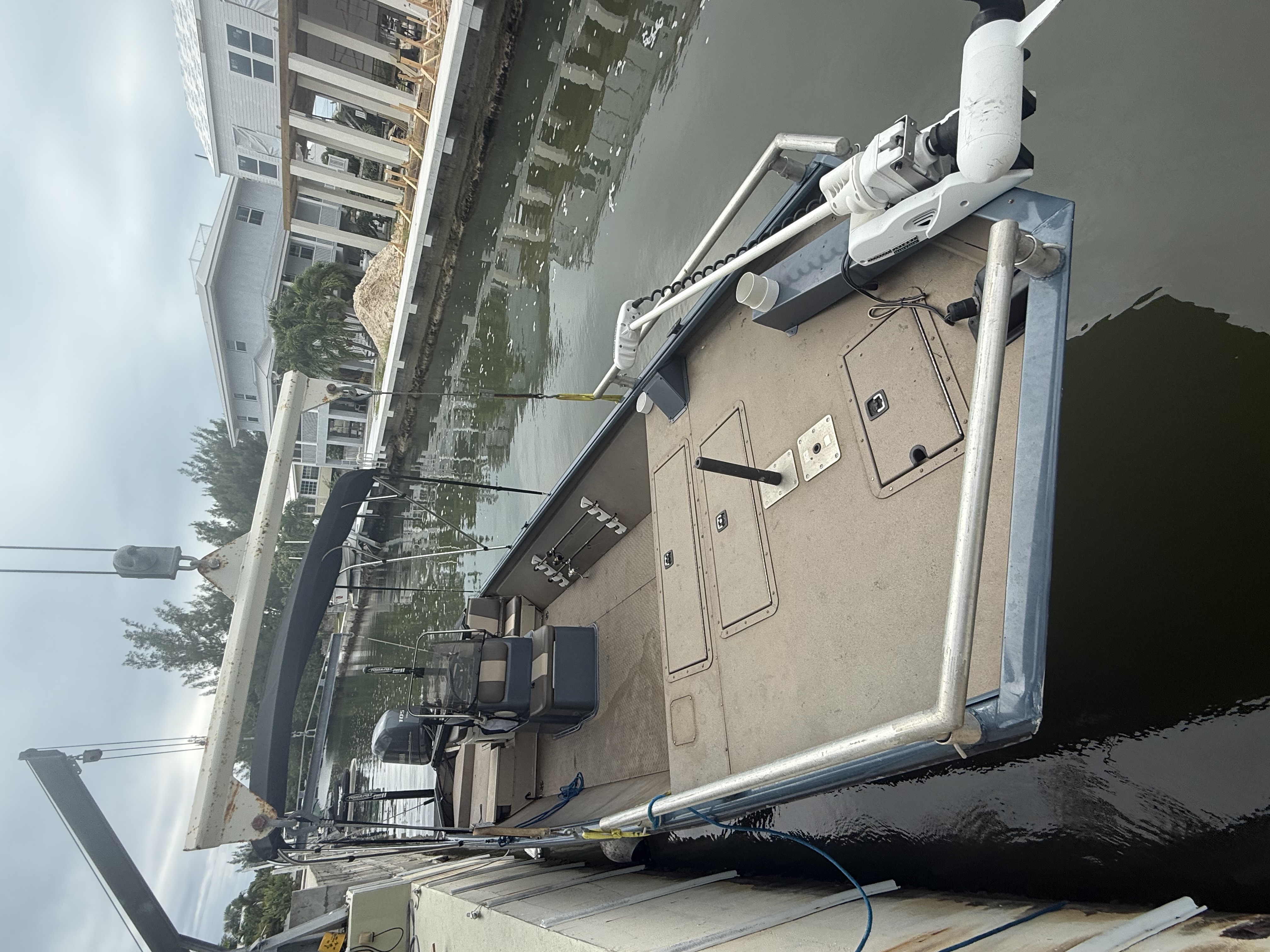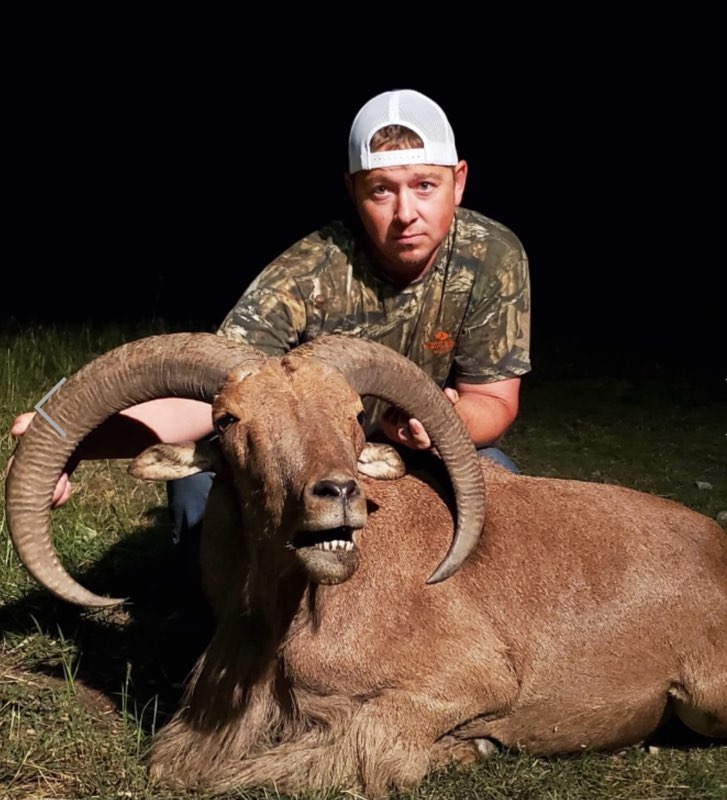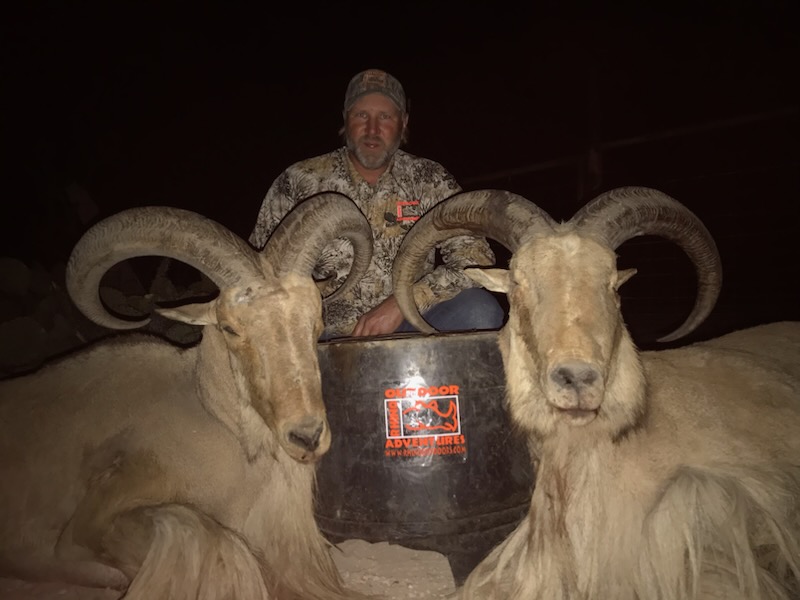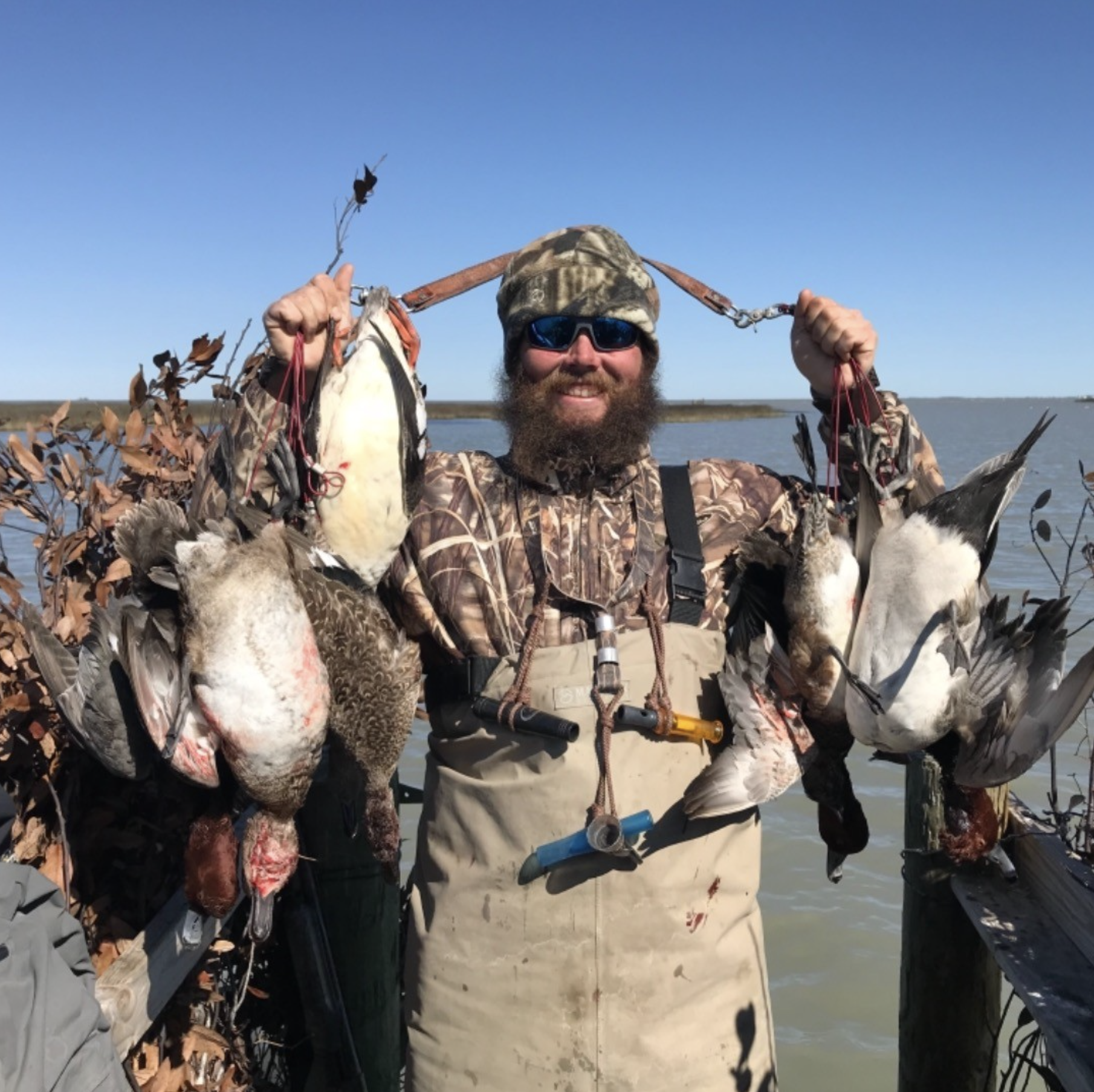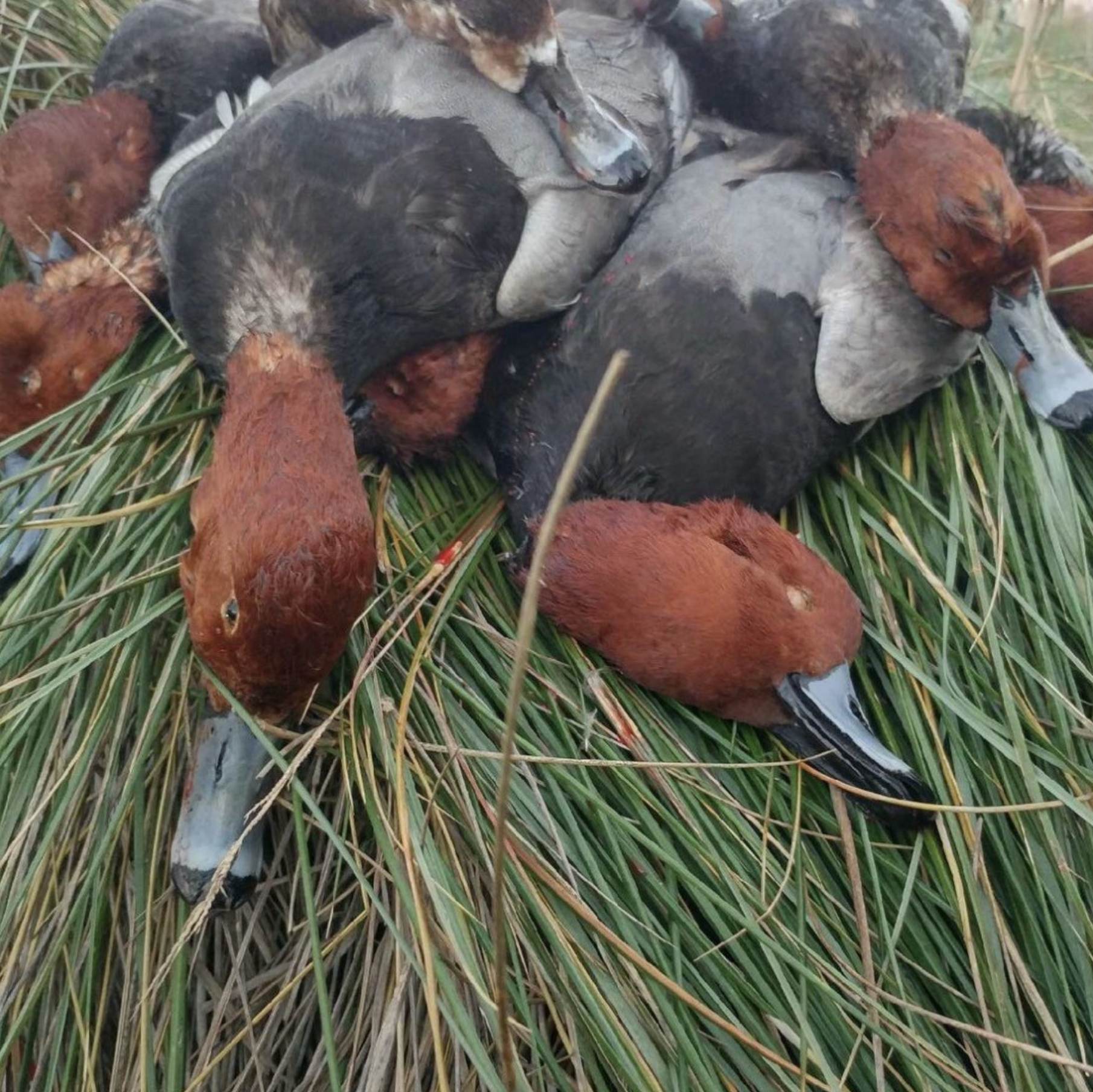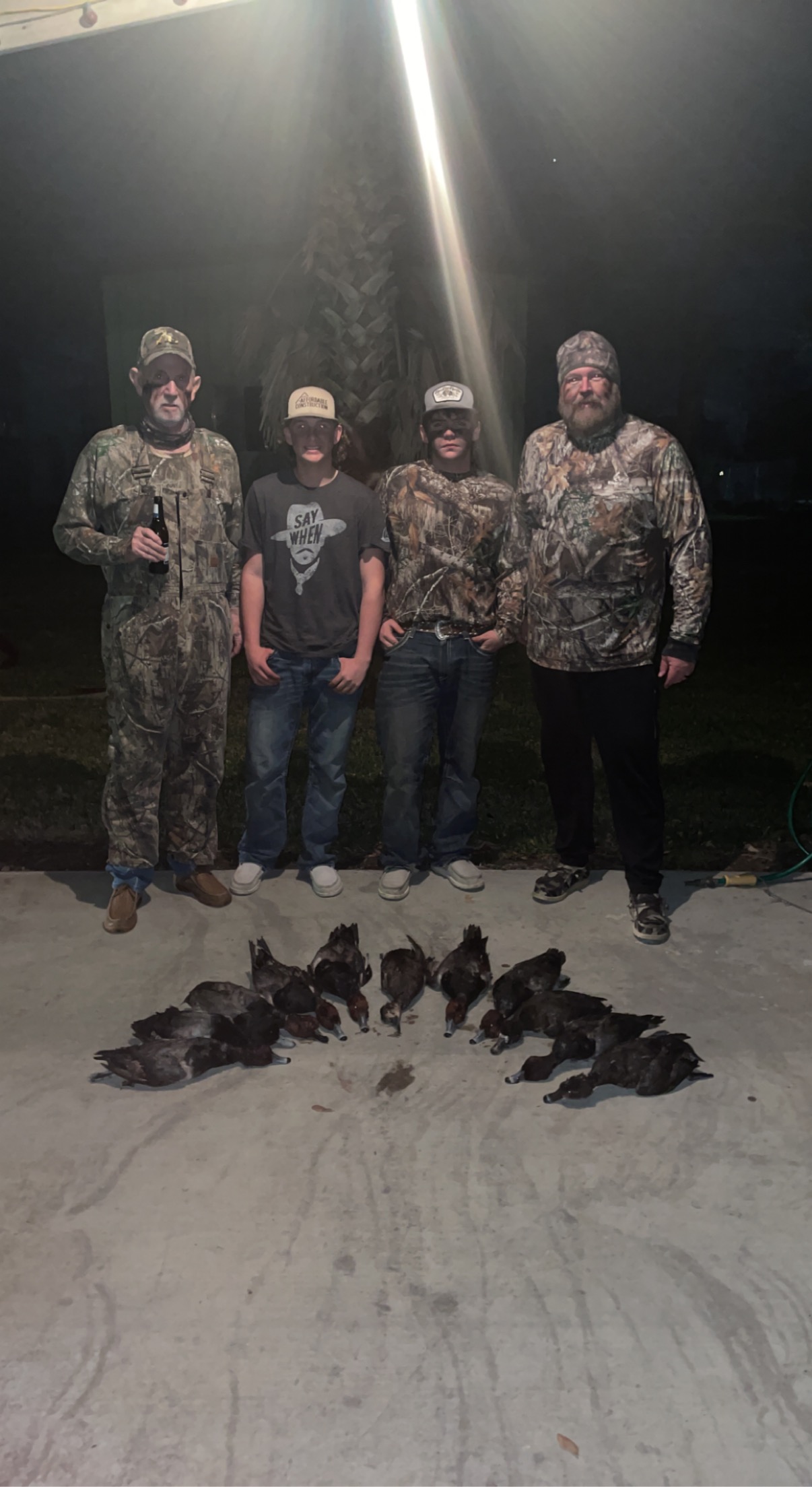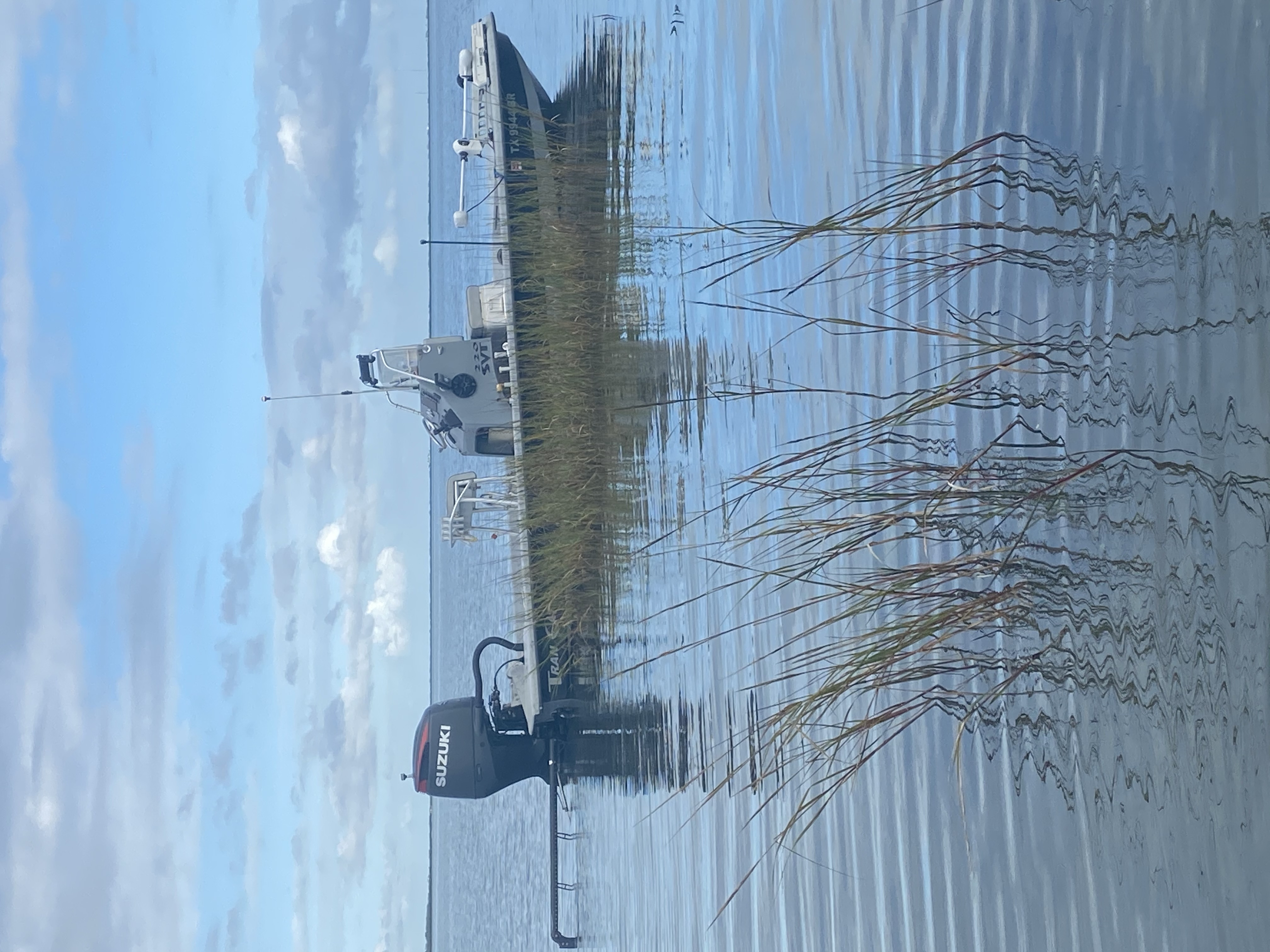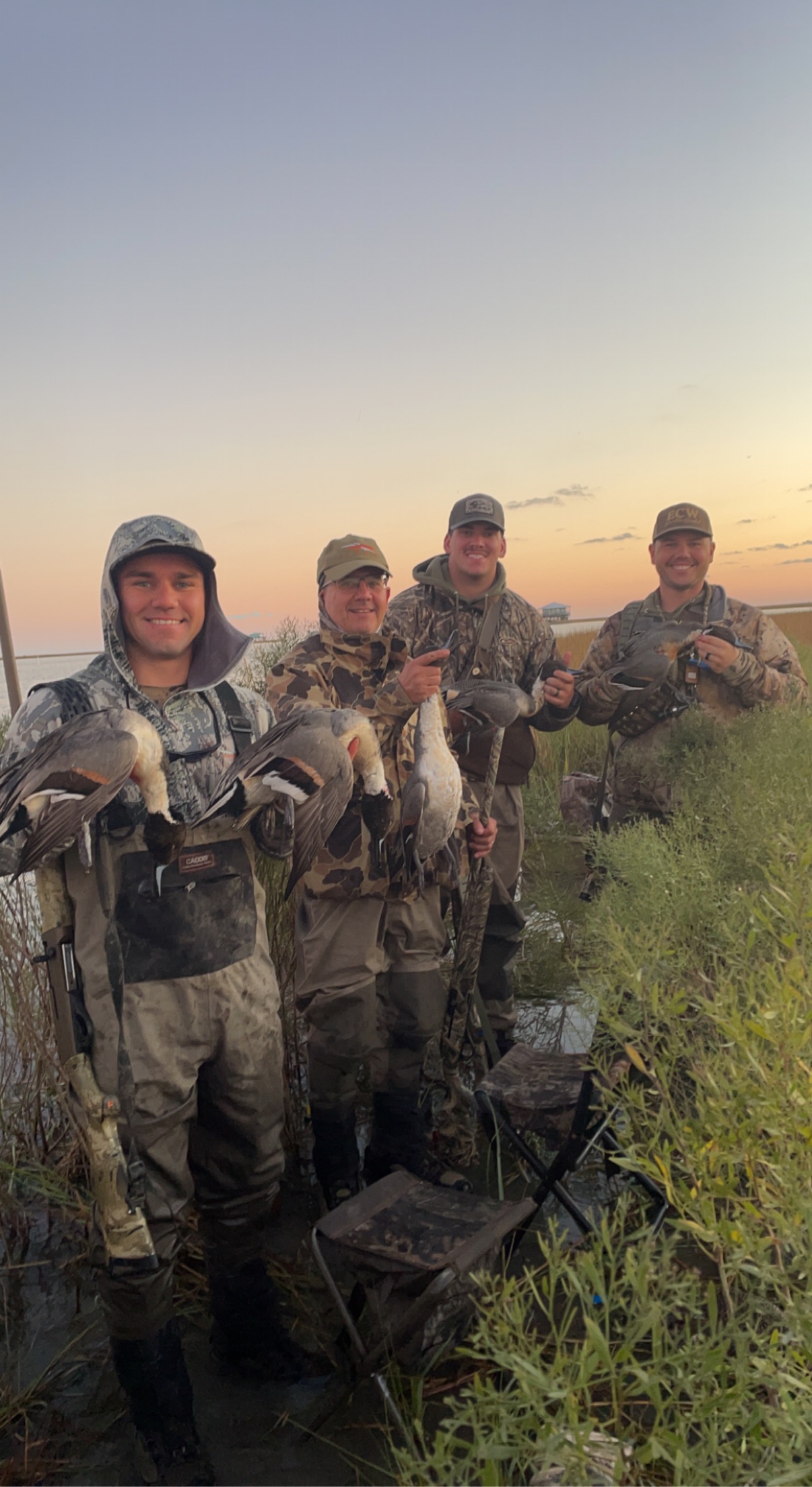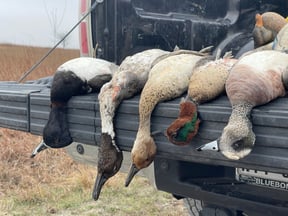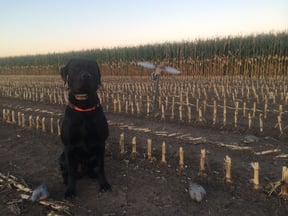Invasive Species Hunting in Smiley
South Texas Thermal Hog Hunt
Invasive Species Hunting in Cape Coral
Cape Coral Iguana Hunt
Invasive Species Hunting in Miami
Iguana Hunt With Airguns
Dawn Patrol Ducks
Invasive Species Hunting in Van Horn
West Texas Whitetail
Big Game Exotics
Invasive Species Hunting in Key West
Iguana Hunt
Aoudad Special: 3 Days, 2 Nights
Private Pond Duck Hunts
TX Marsh And Bay Duck Hunts!
We started Captain Experiences to make it easy to book fishing and hunting guides around the world. With over 2,000 Damn Good Guides, our platform makes finding and booking a trip seamless. Head here to check out our trips.
Patterning your shotgun is something that every bird hunter should do but many don’t. Here are some tips and tricks on how to properly pattern your shotgun. Patterning your shotgun is the best way to set yourself up for the best results on your next hunt.
What is a Shotgun Choke?
To understand how to pattern your gun you should first understand what chokes are and how they work. Choke tubes are muzzle inserts for your shotgun that tighten down the diameter at the end of your barrel slightly in order to increase the concentration of pellets at range. There are 4 main types of choke tubes that are most commonly used for hunting, cylinder, improved cylinder, modified, and full. Cylinder chokes are open chokes, meaning they do not constrict the diameter of the barrel. This gives you the widest spread at close range. Improved cylinder and modified chokes slightly choke down the barrel to give you a tighter shot radius, the modified choke slightly more so than the improved cylinder. The full choke is the tightest choke for your shotgun giving you the most range.
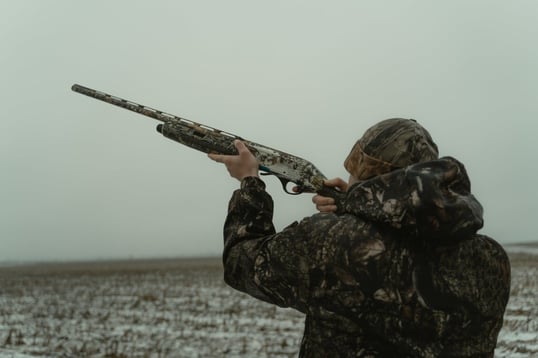
What are Different Shotgun Shell Loads?
Another thing that plays into patterning is the shell load that you use. The load refers to the size of the pellets loaded in your shotgun shell and this will affect your patterning but the shot that you use must be catered to the type of game you’re hunting. #9 and #8 ½ shot are the smallest pellet size loads you will usually be able to find and are mostly used for hunting varmints or snakes and not typically used for game birds. #8, #7 ½, and #7 shot are the loads most commonly used for small game and bird hunting. If you are planning on patterning your shotgun for hunting dove or quail these are the loads that I would recommend experimenting with. Birdshot #6, #5, and #4 are typically the loads used for larger birds such as pheasants and ducks and are more effective at long range. These should be the loads you experiment with if you’re patterning your gun for duck, pheasant, or turkey. #3, #2, and #1 shot are at the larger end of the spectrum. If you plan to hunt geese or larger ducks with far shots these would be my recommended loads. There are other loads you can find for your shotgun and depending on what your application is you may find a load that fits your needs more.
Patterning Your Shotgun
To pattern your shotgun you will essentially need to test how your gun performs with different combinations of load and chokes at certain ranges. Start by putting the choke that you plan to use into your shotgun, if you hunt with a side by side or an over under put in both chokes you intend to hunt with. Get 2 large pieces of paper for each of your barrels about 40”x40” or larger. If you intend to pattern more than 1 combination of choke and ammunition then have more targets for those combinations as well. Mark the center of the paper so that you have something to aim for and measure out 40 yards. You can pattern at shorter distances if you know that the shots you will be taking will be closer but 40 yards is the traditional distance. Take 2 shots with each barrel at blank pieces of paper with the choke and ammunition you plan to hunt with. Once you take down the paper mark what you estimate to be the center of the impact zone. Using your mark of the center draw a 30” circle around your shot. Do this for all of your shots then compare the number of pellet impacts inside of the circle to the number of pellets inside of the shell that you fired. If a majority of the pellets impacted within the circle you drew on both shots then your shotgun is optimized for the distance you tested at. You can do this for any combination of shell load and choke to find out what will give you the best outcome for your next hunt.
Joey Butrus
Updated on August 2, 2023
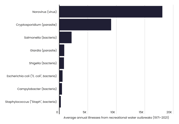
July 1, 2024

June 28, 2023

August 21, 2023

June 22, 2022
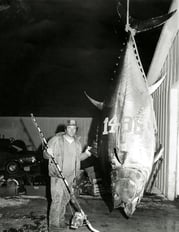
June 3, 2021
Related Articles
October 10, 2022
October 10, 2022
October 24, 2022
Featured Locations
- Fishing Charters Near Me
- Austin Fishing Guides
- Biloxi Fishing Charters
- Bradenton Fishing Charters
- Cabo San Lucas Fishing Charters
- Cancun Fishing Charters
- Cape Coral Fishing Charters
- Charleston Fishing Charters
- Clearwater Fishing Charters
- Corpus Christi Fishing Charters
- Crystal River Fishing Charters
- Dauphin Island Fishing Charters
- Daytona Beach Fishing Charters
- Destin Fishing Charters
- Fort Lauderdale Fishing Charters
- Fort Myers Fishing Charters
- Fort Walton Beach Fishing Charters
- Galveston Fishing Charters
- Gulf Shores Fishing Charters
- Hatteras Fishing Charters
- Hilton Head Fishing Charters
- Islamorada Fishing Charters
- Jacksonville Fishing Charters
- Jupiter Fishing Charters
- Key Largo Fishing Charters
- Key West Fishing Charters
- Kona Fishing Charters
- Lakeside Marblehead Fishing Charters
- Marathon Fishing Charters
- Marco Island Fishing Charters
- Miami Fishing Charters
- Montauk Fishing Charters
- Morehead City Fishing Charters
- Naples Fishing Charters
- New Orleans Fishing Charters
- New Smyrna Beach Fishing Charters
- Ocean City Fishing Charters
- Orange Beach Fishing Charters
- Panama City Beach Fishing Charters
- Pensacola Fishing Charters
- Pompano Beach Fishing Charters
- Port Aransas Fishing Charters
- Port Orange Fishing Charters
- Rockport Fishing Charters
- San Diego Fishing Charters
- San Juan Fishing Charters
- Sarasota Fishing Charters
- South Padre Island Fishing Charters
- St. Augustine Fishing Charters
- St. Petersburg Fishing Charters
- Tampa Fishing Charters
- Tarpon Springs Fishing Charters
- Venice Fishing Charters
- Virginia Beach Fishing Charters
- West Palm Beach Fishing Charters
- Wilmington Fishing Charters
- Wrightsville Beach Fishing Charters
